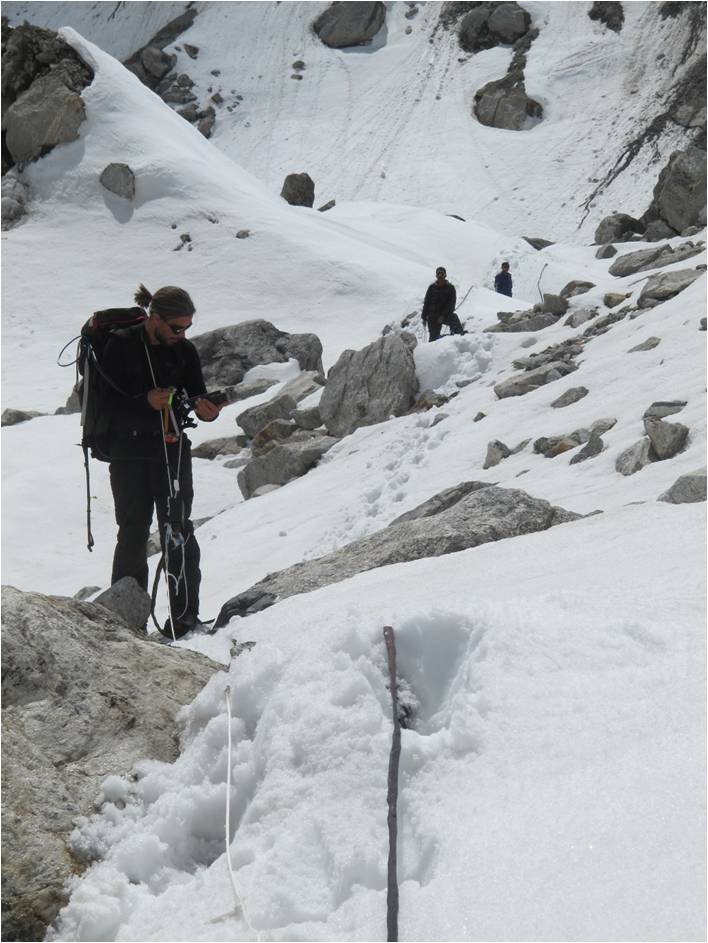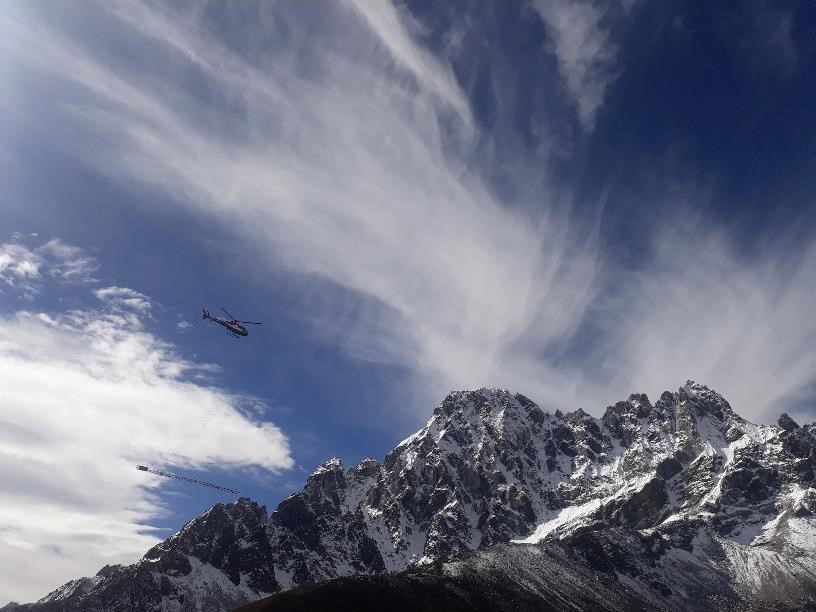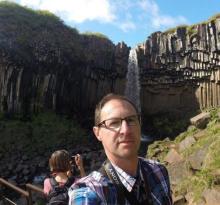The Big Thaw
The Big Thaw: gauging the past, present and future of our mountain water resources
- Start date
- 1 December, 2022
- End date
- 1 December, 2026
The Big Thaw is an ambitious new UKRI/NERC-funded Highlight Topic project assessing past, present and future changes in global mountain water resources by studying snow/ice accumulation and melt in the European Alps and Himalayas.

The mountain cryosphere is so large, varied, inhospitable and changeable that we must rely on models of snowfall, the seasonal snowpack, glacier mass balance and runoff in order to map and manage these water resources and to predict how they will evolve. This is an important goal because meltwater released each summer is an extraordinary generator of wealth and wellbeing in rich and poor countries, sustaining a sixth of the global population and a quarter of GDP, but it is also among the most sensitive of all major ecosystem-services to climate change. Snowfall annually covers a third of all land and is the principal mass input to all of the world’s glaciers but over the next 30 years, the Alps, Rockies, Andes and Himalayas and will lose 10-40% of their snow, hundreds of cubic km of summer water supply. By the end of the century, mountain glaciers will lose 20-60% of their ice.
These changes pose a global threat to secure water, food, energy and livelihood for hundreds of millions of people, but how much water the mountain cryosphere provides and how its role will change remain remarkably uncertain. Model skill is fundamentally limited by the quality and availability of the key observations needed to test and develop them, but mountain stores of snow and ice and flows of water are difficult to measure. Existing observations are too sparse, small-scale, poorly distributed, inaccurate, infrequent or short-lived to constrain models adequately, and consequently mountain water resources are systematically underestimated by 50-100% in all of the world’s major mountain ranges. Although this is seen as a matter of the greatest importance (WMO high mountain call to action, 2019), there remains no global initiative to measure mountain water resources (UN World Water Development Report 2021: Valuing Water).

Using carefully-targeted field campaigns designed scaled not to provide blanket coverage of the mountain cryosphere but to test and improve model skill, this project aims to fill four key observation gaps, in:
1) snowfall
2) glacier thickness
3) extreme weather
4) mountain water runoff
Importantly, through the calibration and refinement of relevant model processes at our target sites, we can eliminate gross biases and reduce uncertainties in model outputs that can then apply across all model scales, past, present and future.

Stephen Roberts
Quaternary Geologist
BAS-Arctic Working Group, Palaeo Environments, Ice Sheets and Climate Change team







